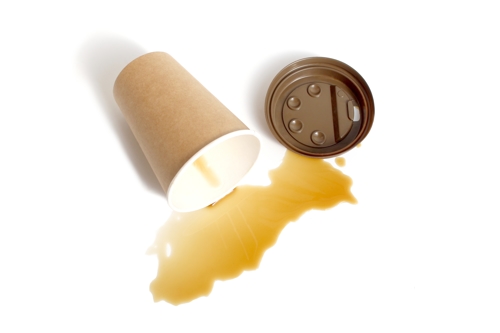
In Z v. H, the Appellate Division, Second Department, examined a slip-and-fall case involving personal injury claims brought by Z against H and others. The incident occurred on an interior staircase at H’s premises, where Z alleged she slipped on a liquid substance—possibly coffee or tea—and sustained injuries.
Z testified that she arrived at work around 10:00 a.m. and descended the staircase to the basement without noticing any hazard. Later, she ascended the stairs to take a phone call, during which she observed two individuals carrying drinks descend the same staircase. After finishing her call, which lasted about 15 to 20 minutes, she descended the stairs again and slipped on a spill. She had not seen any liquid during her earlier use of the stairs and could only speculate that the spill occurred while she was on the phone.
H moved for summary judgment, arguing that he neither created the hazardous condition nor had actual or constructive notice of it. Under New York law, constructive notice requires that a dangerous condition be visible and exist for a sufficient length of time to allow the property owner to discover and remedy it. H relied on Z’s own deposition testimony to support his motion.
The Supreme Court initially denied the motion, but the Appellate Division reversed. The appellate court found that H met his burden by showing he lacked notice and did not create the condition. Z’s testimony failed to establish that the spill was present long enough to be discovered or that H had any opportunity to address it. Her observation of individuals with drinks was not enough to establish liability without direct evidence linking them to the spill.
One small slip for Z, one giant win for H.
# # #
DECISION
